The Kitchen Line in Pickleball: Essential Shots and Drills
The Strategic Importance of the Kitchen Line in Pickleball
Why the Kitchen Line in Pickleball is a Game-Changer
Reaching the (NVZ) Kitchen Line in pickleball is pivotal for a multitude of reasons:
- Shot Angles: The Kitchen Line positioning opens up diverse shot angles, enabling players to target weak spots in the opponent’s defense.
- Vantage Point: Being near the net due to the Kitchen Line offers a superior vantage point, facilitating aggressive smashes when opportunities arise.
- Kitchen Rule: This rule, which bars players from volleying within the seven-foot non-volley zone, fosters a balanced game, emphasizing strategy over sheer power.
Advantages of Dominating the NVZ Line in Pickleball
Securing the Kitchen Line in pickleball presents a host of strategic benefits:
- Time Pressure: Being closer to the opponents means they have less time to react. This time pressure can lead to rushed shots, increasing the likelihood of errors.
- Reduced Attack Angles: By dominating the Kitchen line, players can significantly reduce the angles available to opponents. This defensive strategy makes it harder for opponents to find gaps and execute winning shots.
- Energy Efficiency: Covering less ground means players can conserve energy, allowing them to remain agile and responsive throughout the match.
- Offensive Positioning: Playing at the Kitchen line allows players to hit down on the pickleball, a technique that can force opponents into defensive positions and lead to errors.
- Court Vision: This strategic position provides a panoramic view of the court, enabling players to spot gaps in the opponent’s defense and make informed shot decisions.
- Team Coordination: In doubles, being at the Kitchen line facilitates better communication and coordination between partners. This synchronization can be a game-changer, especially in closely contested matches.
- Psychological Edge: Consistently controlling the Kitchen line can demoralize opponents. This psychological advantage can lead to increased errors and poor decision-making by the opposing team.
Essential Shots and Drills at the Kitchen Line in Pickleball
Let’s focus on the shots that are essential when you’re at the kitchen line and the drills to practice them:
- Dink Shot: A soft, controlled shot that goes just over the net, landing in the opponent’s non-volley zone. It’s a foundational shot for kitchen line play, aiming to outmaneuver the opponent or set up an offensive opportunity.
- Drill: Dink Rally – Two players at opposite kitchen lines. Dink the ball back and forth, focusing on control, placement, and consistency. Always dink with a purpose.
- Soft Volley: A gentle volley used to redirect the ball when it’s hit at you in the air at the kitchen line. It’s less about power and more about placement.
- Drill: Soft Volley Exchange – Two players at their respective kitchen lines. Softly volley the ball back and forth, emphasizing control and touch. A slow-paced firefight.
- Punch Volley: A more assertive volley hit with some pace. This shot puts the opponent on the defensive or finish the point.
- Drill: Punch Volley Practice – One player feeds varying paced balls to the other at the kitchen line. The receiving player then tries to execute punch volleys with precision.
- Cross-Court Dink: A dink that’s directed diagonally across the court, aiming to move the opponent out of position.
- Drill: Cross-Court Dinking – Two players dink diagonally across the court, focusing on accuracy and consistency.
- Erne Shot: An aggressive shot where a player steps outside the court to volley a ball that’s going wide, often surprising the opponent.
- Drill: Erne Practice – One player hits wide dinks or angled shots. The other player practices stepping out and executing the Erne shot.
More Beneficial Drills for Kitchen Line Play:
- Continuous Dinking: Players rally using only dinks, focusing on consistency, depth, and placement.
- Volley-to-Dink Transition: One player volleys while the other dinks, and they switch roles after a few exchanges. This helps in transitioning between volleys and dinks.
- Target Dinking: Set up targets in the non-volley zone and practice dinking to hit them, emphasizing accuracy.
- Erne Defense: One player consistently tries to hit Erne shots, while the other defends and redirects the ball back into play.
By mastering these shots and regularly practicing the associated drills, players can significantly enhance their effectiveness and versatility at the kitchen line in pickleball. And remember 1 hour of drilling is equivalent to 3 hours of game play.
Risks of Lingering at the Baseline or in “No Man’s Land”
While the Kitchen Line in Pickleball offers a strategic edge, remaining at the baseline or in “No Man’s Land” poses several challenges:
- Vulnerability to Attacks: Players are more exposed to precision shots and aggressive plays, making it harder to defend and return shots effectively.
- Limited Offensive Play: Being at the baseline restricts offensive opportunities, often relegating players to a reactive mode.
- Challenges with Drop Shots: Soft drop shots by opponents can be hard to counter from the baseline, leading to lost points.
- Greater Ground to Cover: “No Man’s Land” requires rapid movement to reach shots, increasing the likelihood of errors and missed opportunities.
- Reduced Court Vision: A farther position from the net limits the player’s perspective, making it challenging to anticipate plays and strategize.
Securing Points at the NVZ Line
The majority of points in pickleball are clinched at the Non-Volley Zone line. Players should, therefore, aim to establish their presence at the Kitchen Line post adhering to the sport’s foundational rules. Essential tactics include tracking the pickleball’s trajectory, prepping with a split step before the opponent’s contact, and synchronizing with the partner for optimal court coverage.
The Kitchen Line in Pickleball
The significance of the Kitchen Line cannot be overstated. It’s not just a line on the court; it’s a strategic position that can make or break your game. By mastering the nuances of the Kitchen Line, players can effectively control the pace, dictate the flow, and put their opponents on the defensive. Prioritizing the Kitchen Line in pickleball is akin to understanding the heart and soul of pickleball. It’s where crucial plays are made, and where champions are forged. So, as you continue your journey in this exhilarating sport, remember to give the Kitchen Line the attention it deserves. To truly excel and boost your winning odds in pickleball, prioritize the Kitchen Line! Embrace its strategic importance, and watch as your game reaches new heights. To truly excel and boost your winning odds in pickleball, prioritize the Kitchen Line!

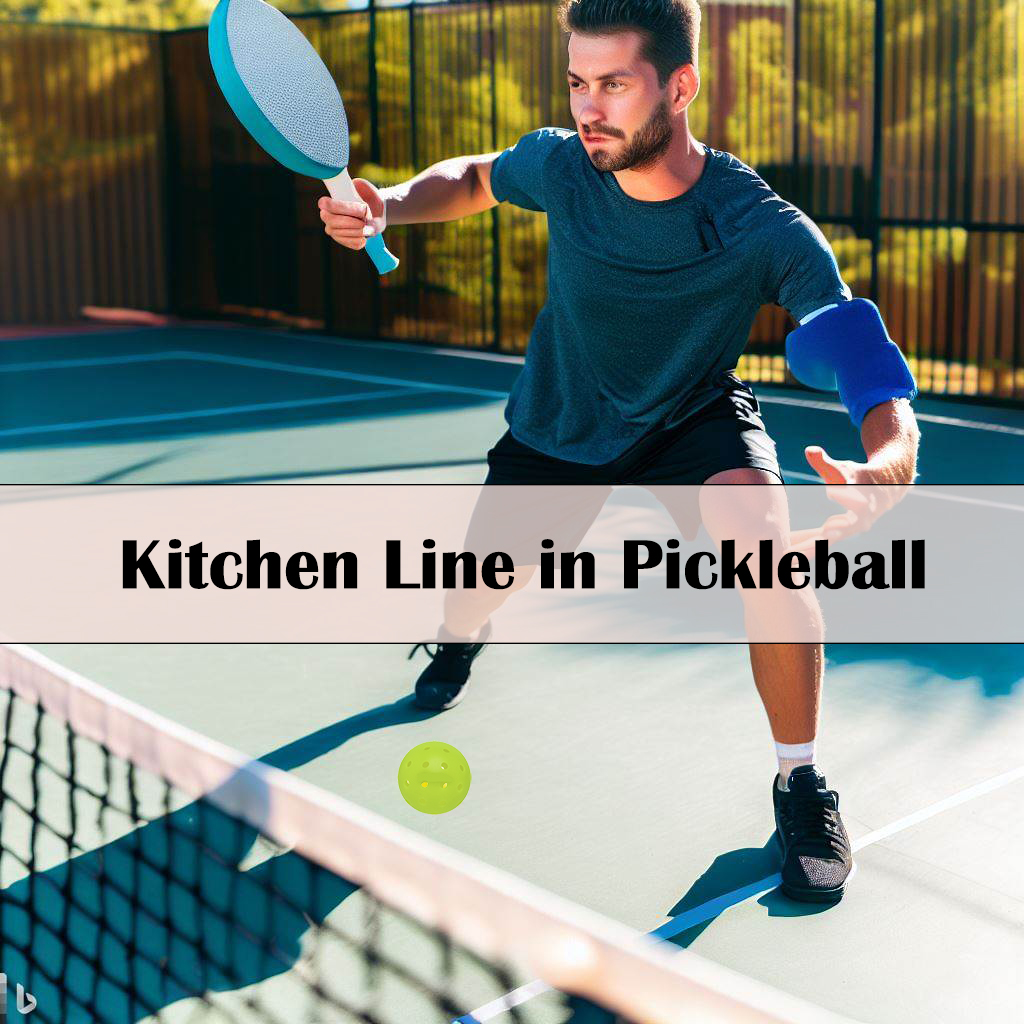
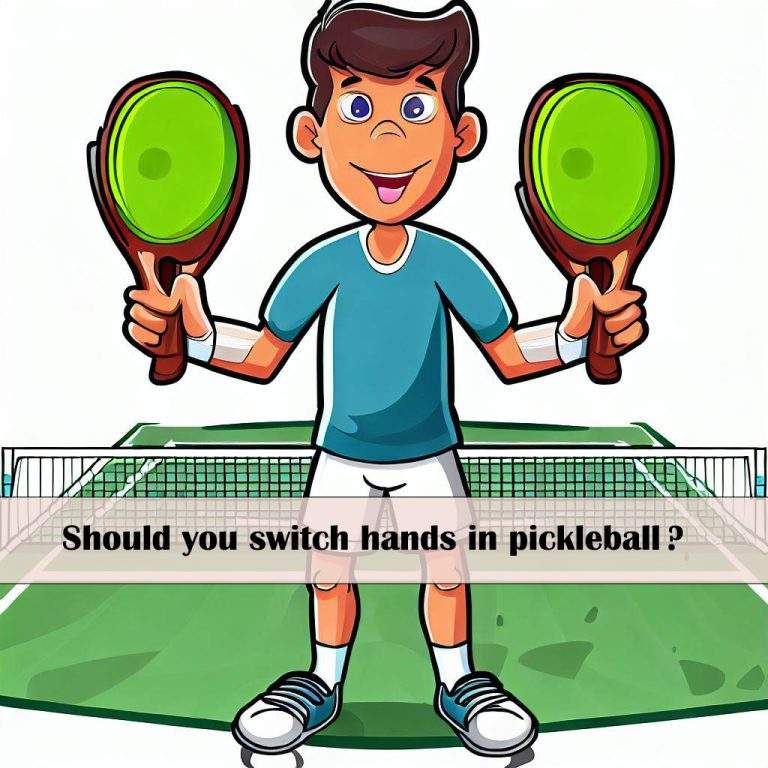

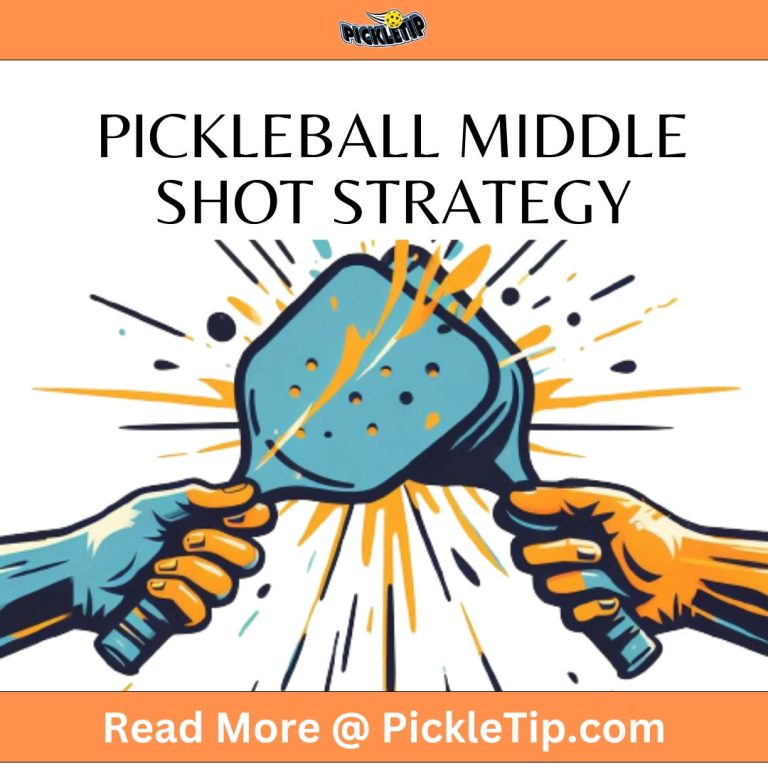

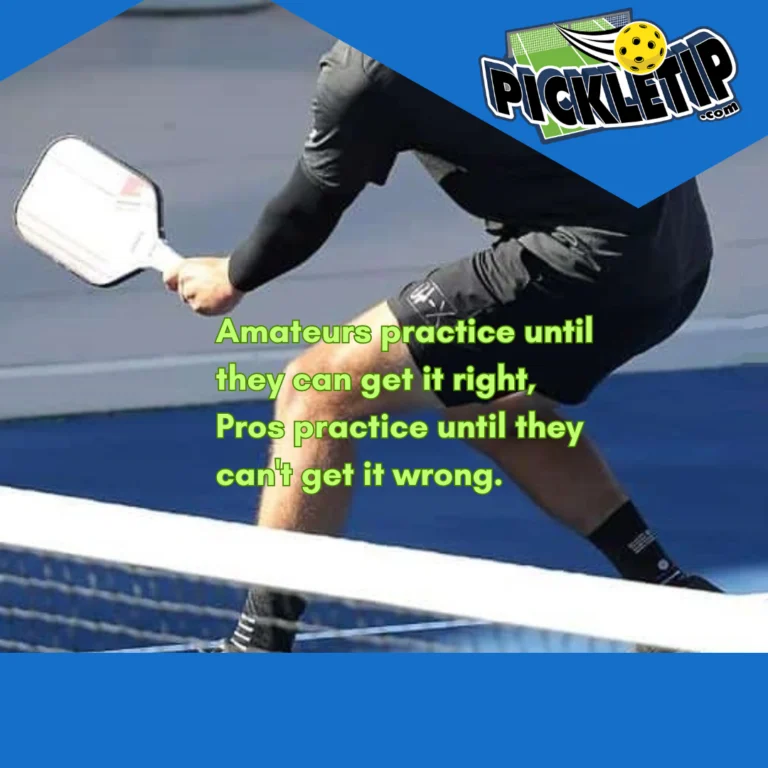
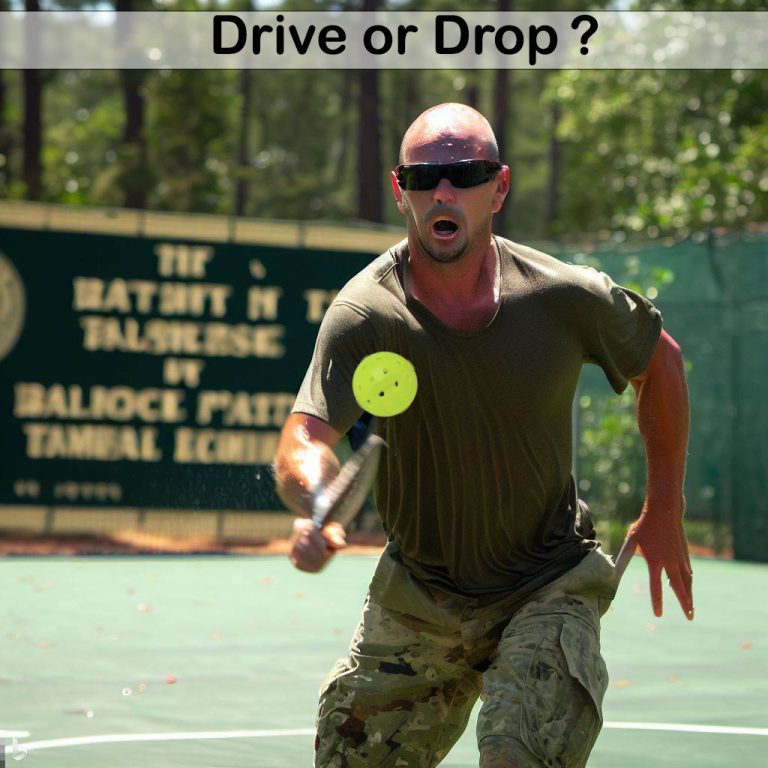
8 Comments